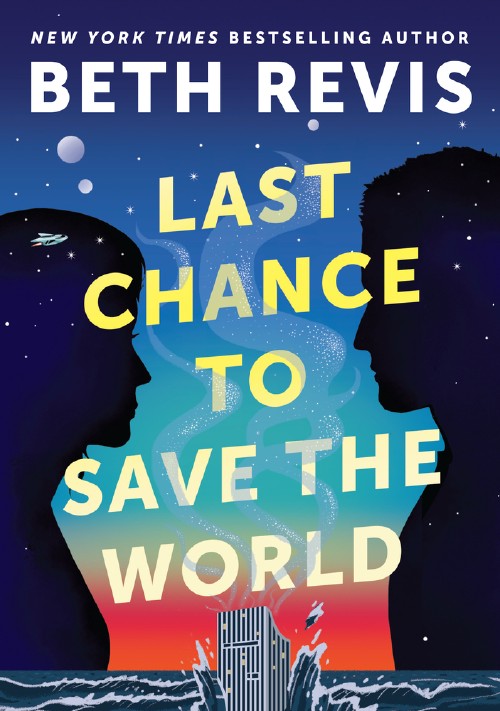In the first chapter of A Web for Everyone, the authors quote Ron Mace, the architect who formulated the concept of Universal Design:
Universal design is the design of products and environments to be usable by all people, to the greatest extent possible, without the need for adaptation or specialized design.
The rest of the book is a well-layed out and wonderfully thought-through attempt to help those of us building sites on the web apply this principle to our craft. The book is both philosophical in nature as the authors explain their reasoning and also practical in the advice and suggestions given. The authors introduce personas – fictional but realistic characters – that give empathetic grounding to the topics explored.
This book is comprehensive and easy to read, with numerous detours and sidebars that provide deeper examinations of the topics. I enjoyed reading through the book but it will probably take continued reference to fully soak in all the information contained within. Because of that, it has earned a place on my desk where I hope to remember to check it regularly as I build out new things for the web.
The practical points of the book are extremely helpful but I found the biggest value was the initial framing of accessibility as part of the larger design aspects of web-making. Anyone who has ever intended to make things more accessible after launch has learned that if you don’t do it initially, you are very unlikely to find the time to do it later. Horton and Quesenbery, by framing their book within the principles of Universal Design and design thinking remind us that accessibility is a fundamental design consideration and not something that can be patched in. If we accept this we can pursue the work to accomplish the goal from the beginning of the process instead of later at some possibly never-to-arrive period.
My personal takeaway from this book, after thinking about the personas created by the authors, is that my default web-building habits are to center optimal usages. I get lazy and want to build the “simplest” version of something which, unfortunately, is another way of saying I want to create the most fragile version of the thing. To make my work better I need to adopt this form of design-thinking that assumes non-optimal usages and works backwards from there. As I’ve started to practice this (occasionally, it is not yet a habit) I’ve found that the act of designing and building is more challenging and engaging because I am dealing with realistic design constraints that previously I ignored. This has been a strange but lovely discovery - by increasing my empathy for others, my job has become more challenging in all the ways that suck me in.
The web is every day becoming more of a presence in our lives, but this isn’t necessarily welcome news for everyone. We who build the web have so much work to do before the experiences we build are universally usable. In A Web for Everyone, Sarah Horton and Whitney Quesenbery have created a helpful resource to make that work slightly more understandable and doable.



